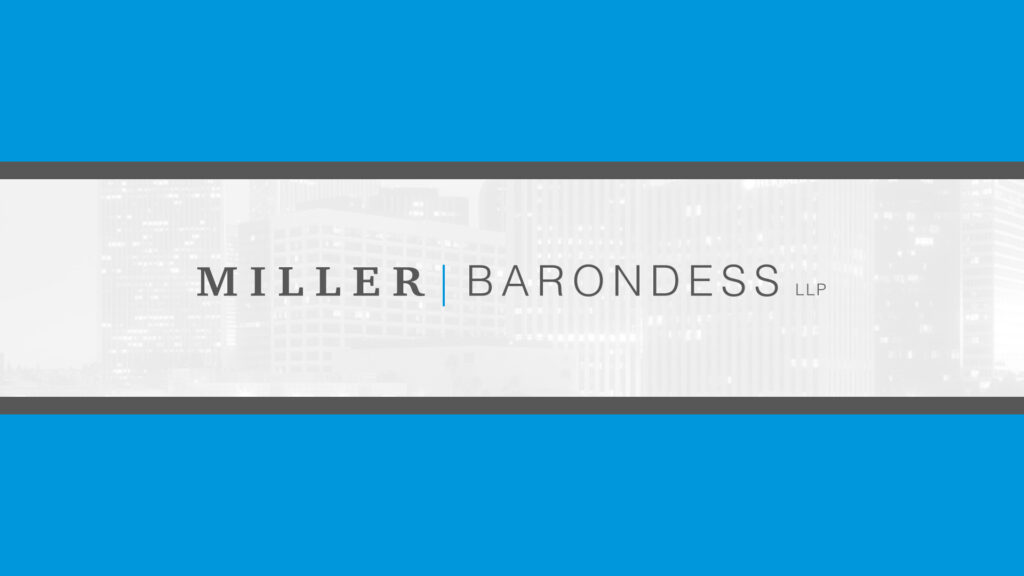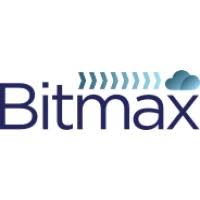The Critical Difference Between 1033 and 1031 Exchanges to Avoid a Taxable Boot
Don’t Let a 1031 Exchange Boot Surprise Your Clients
A key financing difference between 1033 and 1031 exchanges can trigger a taxable “boot” if not handled correctly.
Learn how to structure exchanges to avoid taxable boot and maintain full tax deferral.

A Critical Tax Difference: 1033 vs. 1031 Exchange
Unlike a 1031 exchange, using debt to finance a replacement property in a 1033 exchange does not create a taxable “boot.” This distinction allows investors to maximize tax deferral after an involuntary conversion.
For example, if a building owned free and clear is destroyed by fire and the insurance company pays $8,000,000, the owner can defer all the gain by purchasing another property for $8,000,000, putting 25% down and financing the rest. The investor can withdraw $6,000,000 in cash ($8,000,000 insurance proceeds minus the $2,000,000 down payment) and still avoid recognizing any gain from the conversion.
By contrast, in a Section 1031 exchange involving the sale of an $8,000,000 property, an investor who takes $6,000,000 in cash out of the transaction would recognize a gain up to that amount. The $6,000,000 is treated as taxable boot in the year of the exchange and is subject to capital gains tax and any applicable depreciation recapture. To preserve full deferral under the 1031 exchange, agents should remind clients to structure the exchange carefully, reinvest all proceeds, and match or exceed prior debt levels.
A 1033 exchange places no limit on using debt to acquire the replacement property. An investor whose fully owned property is destroyed can purchase a new property using a portion of the insurance proceeds and financing the rest without triggering taxable gain on the cash retained.
Key Takeaway for Agents
When advising clients, note the financing differences that can create a “boot” and lead to unexpected tax liabilities. Proper planning, full reinvestment of proceeds, and matching or exceeding prior debt levels are essential to maintain complete tax deferral.


































































